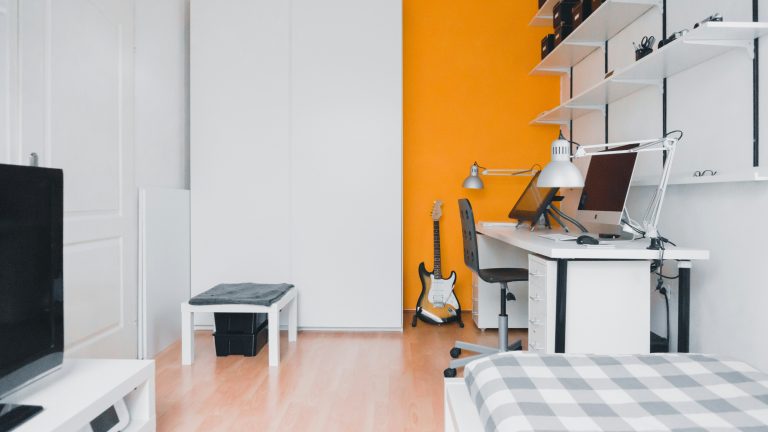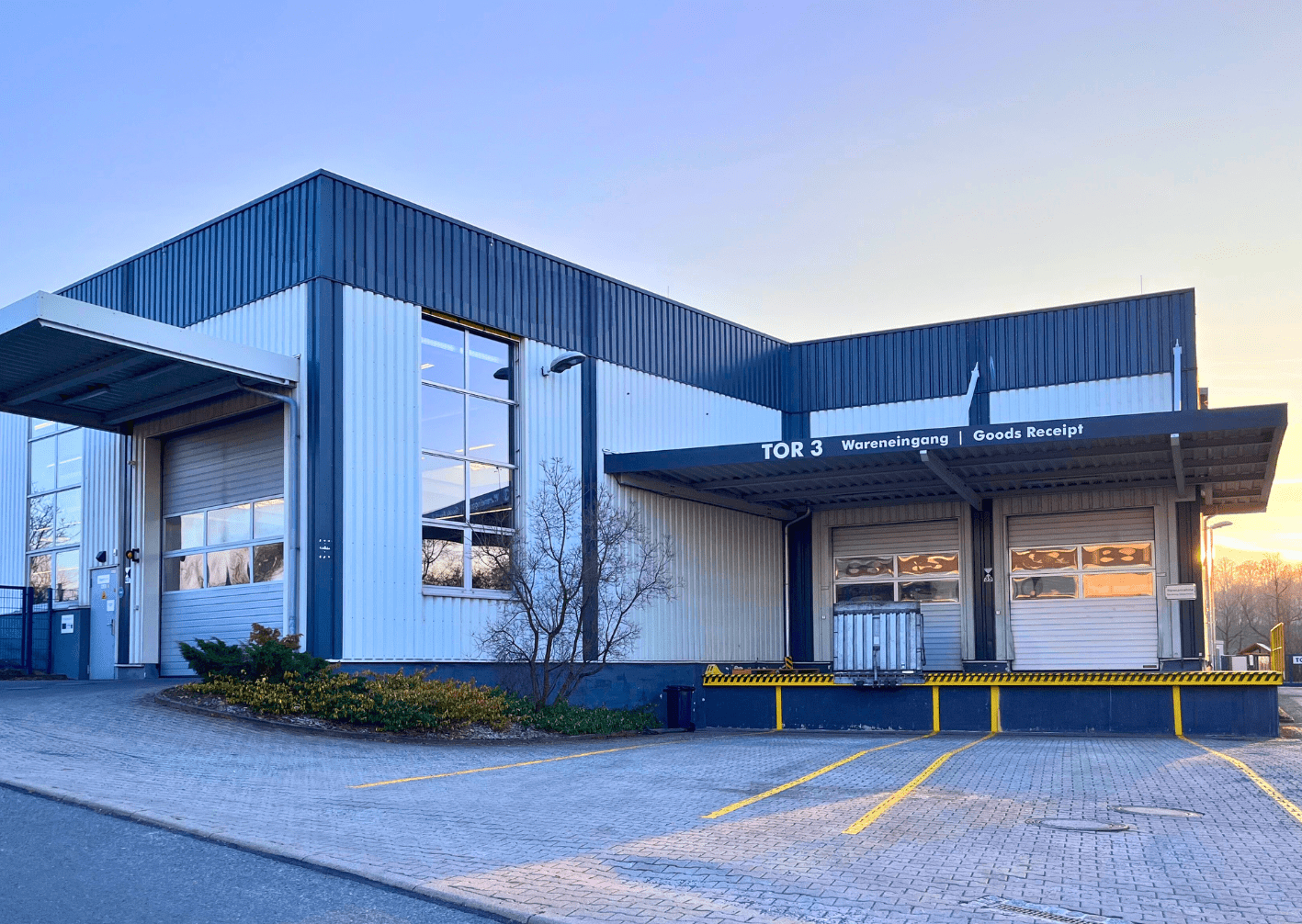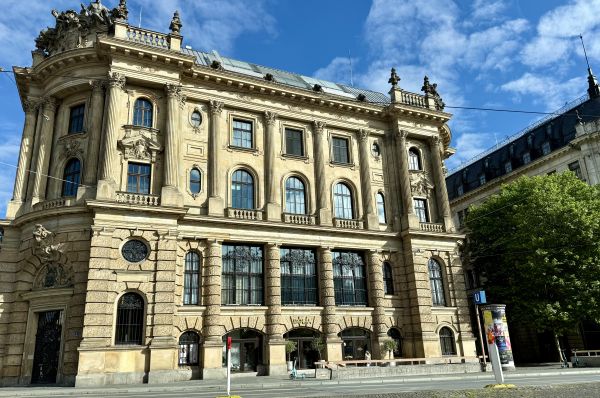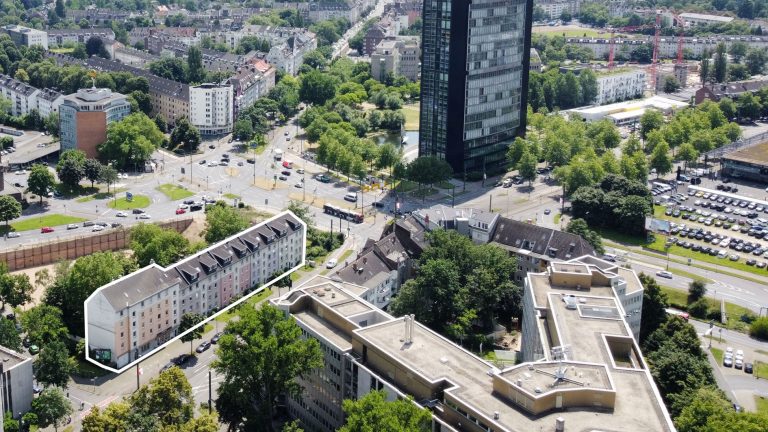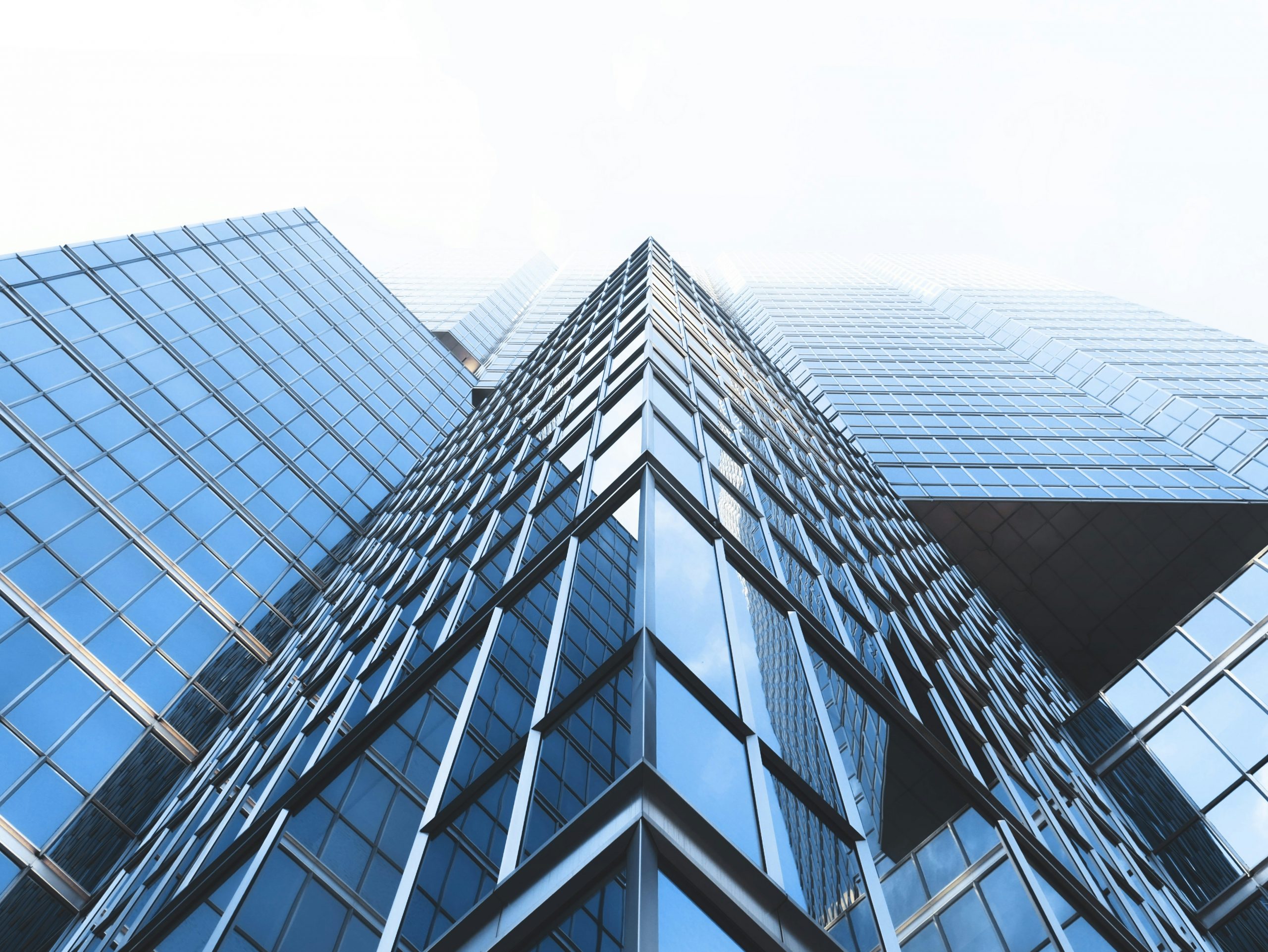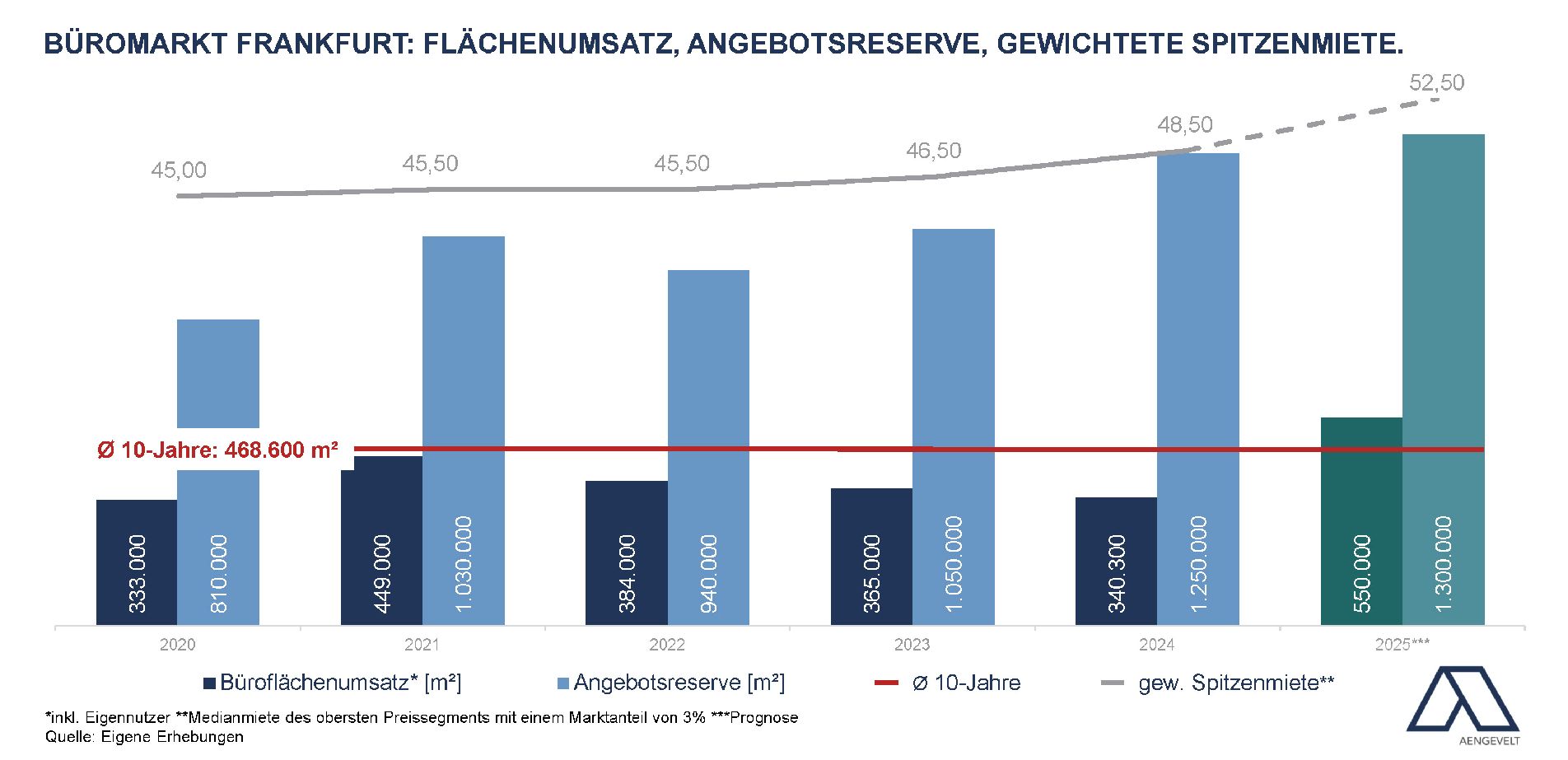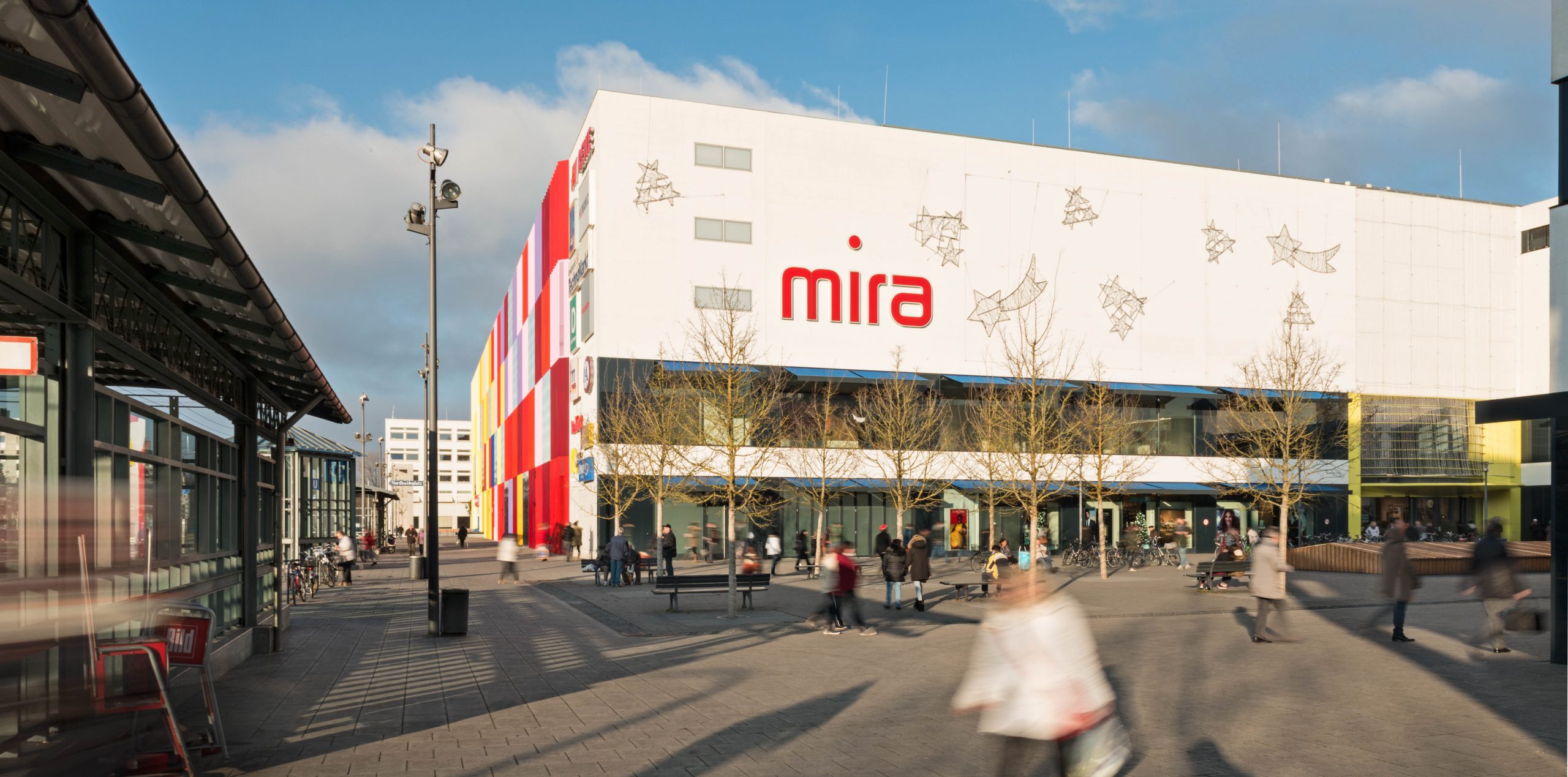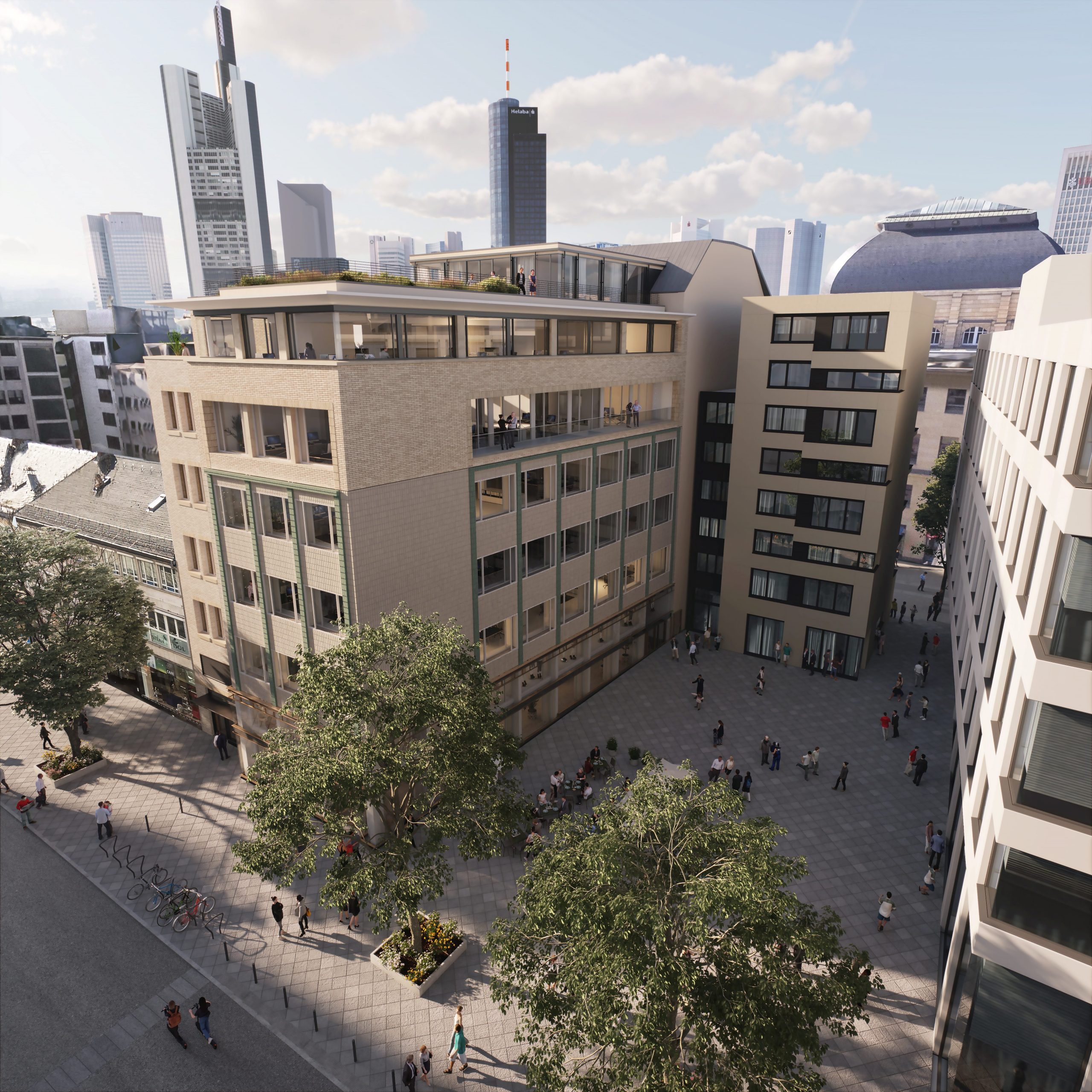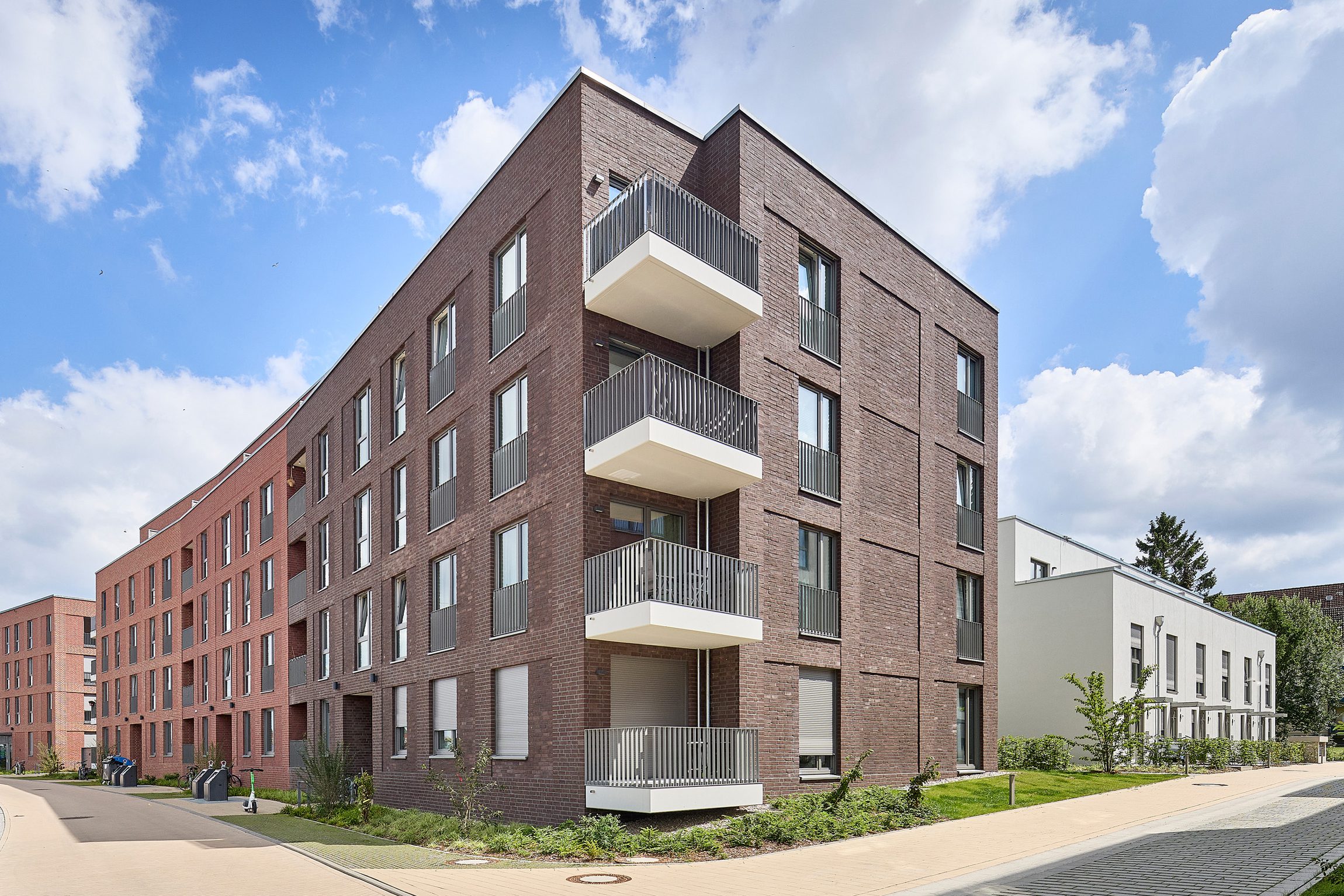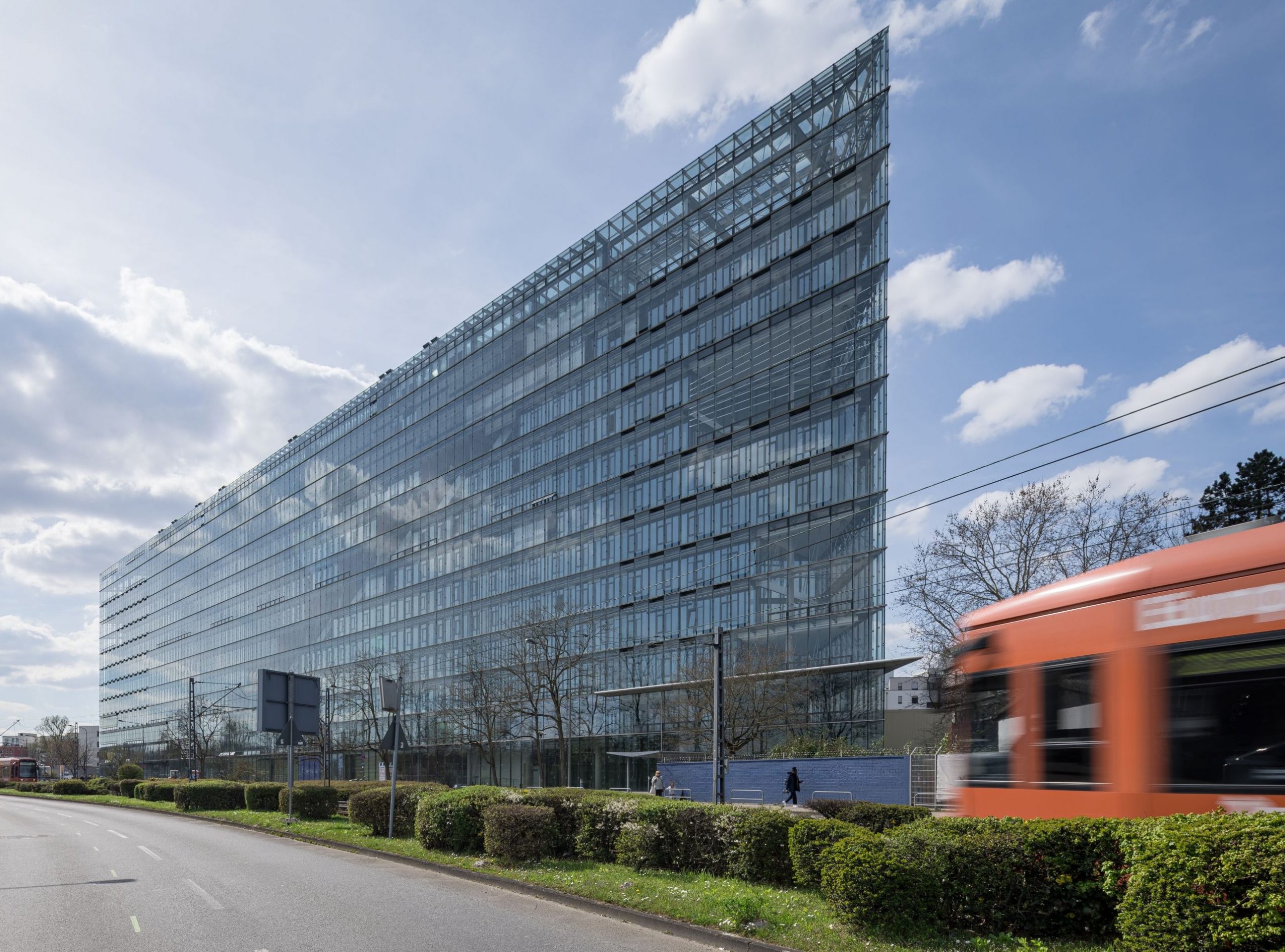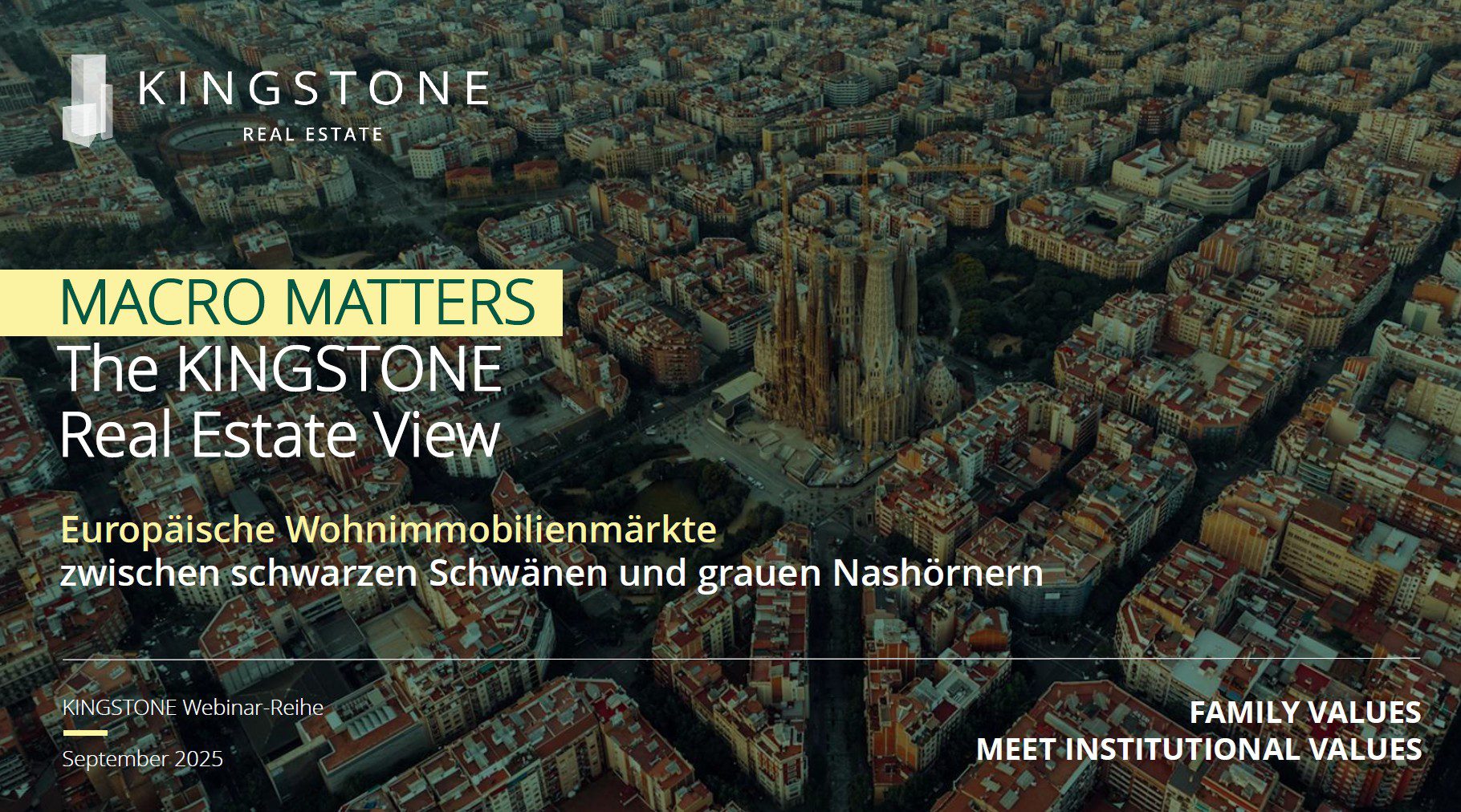The German industrial and logistics real estate market recorded take-up of around 4.4 million square metres in the first nine months of 2025 and is continuing to grow. Compared to the same period last year, this corresponds to an increase of 8 percent. However, the five-year average was missed by 18 percent. Owner-occupiers contributed 23 per cent to take-up. Logistics service providers were particularly active, accounting for around 39 per cent of take-up throughout Germany and renting an average of 11,500 square metres per deal. It is noteworthy, however, that both logistics service providers and trading companies were on a par in the number of deals. Overall, new-build properties dominated take-up with a share of 63 percent. In terms of the number of lease agreements, on the other hand, existing properties were ahead at 59 percent.
Steffen Sauer, Head of Industrial & Logistics Letting at Colliers in Germany: “The logistics real estate markets continue to benefit from a high supply of space, especially in peripheral locations, where there is still a high level of space availability in some cases. This is also due to the high share of new construction developments in take-up. In the top 8 markets, on the other hand, existing leases dominate, as these markets are already highly developed on the one hand and land is progressively becoming scarcer on the other, which limits the new construction pipeline.”
Top 8 markets significantly exceed the previous year’s level
In the last nine months, the top 8 markets for industrial and logistics real estate achieved a 14 per cent increase in take-up compared to the same period last year and were responsible for 39 per cent of total take-up in Germany. However, with a result of 1.7 million square meters, the top 8 were 15 percent below the five-year average.
Six of the top 8 markets were able to exceed the previous year’s result. Only Cologne and Stuttgart recorded a decline in take-up compared to the same period last year. Thanks to a number of large-volume deals, Frankfurt achieved the highest take-up of space at 350,300 square metres and contributed to 20 per cent of the total result of the top 8 markets. With an increase of 56 per cent, Hamburg recorded the strongest increase compared to the same period last year, while Stuttgart, with take-up of 69,600 square metres, not only had the lowest take-up, but also the sharpest decline in a 12-month comparison (-27 per cent).
“Compared to the same period last year, we see that more major deals have taken place in isolated cases, especially in the classic logistics regions such as Berlin, Leipzig and Frankfurt, and have contributed to the positive result in the top 8 markets. At the same time, demand in the big box segment remains low compared to the boom years of 2020 and 2021. We continue to see the most constant demand in the business park segment, which scores above all with its proximity to customers and flexible usage options. Users from the leisure and event sector are also more strongly represented on the demand side again and, due to their willingness to pay higher rents than classic commercial enterprises, sometimes compete with them for good space close to the city,” says Sauer.
Around two-thirds of all deals were concluded in the small-scale space segment up to 3,000 square metres, but accounted for only 19 per cent of take-up in the top 8 regions. The majority of major deals took place in the first half of the year. The largest lease in the third quarter was made in the Frankfurt logistics region, where a logistics service provider leased around 35,000 square metres on a sublease basis. In the Munich logistics region, the trading company TTI rented around 29,700 square meters of logistics space in Maisach in order to expand at the location.
Logistics service providers were not only able to maintain their position as the strongest user group in Germany, they were also the strongest user group in the top 8 regions, accounting for 36 percent of total take-up. Retail companies followed with a share of 26 percent, while companies from the manufacturing industry accounted for around 22 percent of total take-up.
“Logistics service providers were able to maintain their position as the frontrunner due to some larger deals. With the market entry of Asian companies, especially from the e-commerce sector, such as JD.com, the demand for space is consequently increasing due to the new players themselves, but also due to established logistics service providers who are reacting to the changed market conditions and securing additional capacities in some cases. As a second consequence, the e-commerce sector is experiencing new impetus, which is also reflected in the fact that retail companies were in 1st place after looking at the deals. In addition, we find that Asian companies need smaller space in central locations in addition to large-scale central warehouses in order to prepare or expand the last-mile business. The manufacturing industry also rents predominantly in the small-scale sector, which is due to the higher investments in this segment in the context of economic uncertainties and the associated poor predictability,” adds Sauer.
Prime rent growth stabilises at 3 per cent
The top 8 logistics regions recorded an average year-on-year rental growth of 3 percent for prime rents and 5 percent for average rents. Munich has the highest prime rent at 10.00 euros/square metre and Düsseldorf the highest rent growth at 8 per cent compared to the previous year. The average prime rent in the top 8 is 8.20 euros/square metre.
“Since the end of 2024, we have seen constant rental growth rates in the top 8 markets. Due to continued high asking rents, especially in new-build properties, where asking rents are above the prime rent in some cases and are expected to be completed in the fourth quarter, we expect further rental growth by the end of the year. At the same time, the high incentive packages of around one month rent-free per lease year will continue to ensure that effective rents are lower. In addition, we are observing that users are increasingly requesting shorter lease terms of three to five years. Overall, while we note that companies’ decisiveness remains subdued, we expect further impetus from the Asian e-commerce sector as a result of trade tariffs. By the end of the year, we expect an increase in take-up, which for the top 8 locations will be slightly above the 2024 level of up to 2.3 million square metres,” Sauer concluded.



